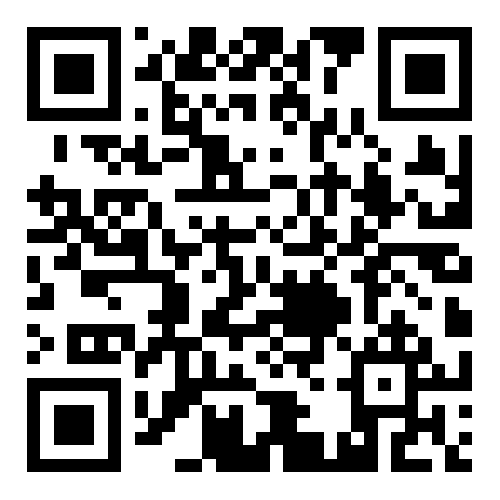首页﹀
我院徐佳君合作论文为金融学国际一流期刊JIFMIM录用发表
2022-05-18
我院国际发展助理教授徐佳君与阿根廷科尔多瓦国立大学Alfredo Schclarek的合作论文——Exchange rate and balance of payment crisis risks in the global development finance architecture,被金融学国际一流期刊Journal of International Financial Markets, Institutions and Money (JIFMIM)录用发表。论文相关信息如下:
论文信息:
Exchange Rate and Balance of Payment Crisis Risks in the Global Development Finance Architecture
Alfredo Schclarek a, Jiajun Xu b,*
a Department of Economics, Universidad Nacional de Cordoba and National Scientific and Technical Research Council (CONICET), Argentina
b Institute of New Structural Economics, National School of Development, Peking University, China
* Correspondence to: Institute of New Structural Economics, National School of Development, Peking University, Langrun Garden 165, Yiheyuan
Road No. 5, Beijing 100871, PR China.
E-mail address: alfredo@eco.unc.edu.ar (A. Schclarek),jiajunxu@nsd.pku.edu.cn (J. Xu).
Highlights
· Multilateral development banks lend to national ones to finance investment projects.
· Hard-currency onlending may incur exchange rate risk and balance of payment crises.
· We need discern export-enhancing projects from those that cannot promote exports.
· With ample USD liquidity the ratio of export-enhancing projects is freely chosen.
· Without ample USD liquidity the ratio hinges on refinancing, interest rates, etc.
Abstract
We analyze exchange rate and balance of payment crisis constraints when multilateral development banks (MDBs) lend, in hard currency, to national development banks (NDBs), for NDBs to onlend to investment projects. Investment projects may be “export-enhancing” (EXIPs), which generate hard currency, or “domestic-oriented” (DOIPs), which do not generate hard currency. To increase the proportion of onlending to DOIPs, MDBs should increase their refinancing to NDBs. Furthermore, MDBs have to reduce the interest rate charged on NDBs. In addition, high return EXIPs need to be financed, and more locally-produced supplies, in contrast with imported supplies, should be fostered.
JEL classification
G01; G21; G28; H81; E51; E44
Keywords
Exchange rate risk; Balance of payment crisis risk; Development banks; Export-enhancing; Refinancing
Article link:
https://doi.org/10.1016/j.intfin.2022.101574
Please scan the QR code below to download the paper


